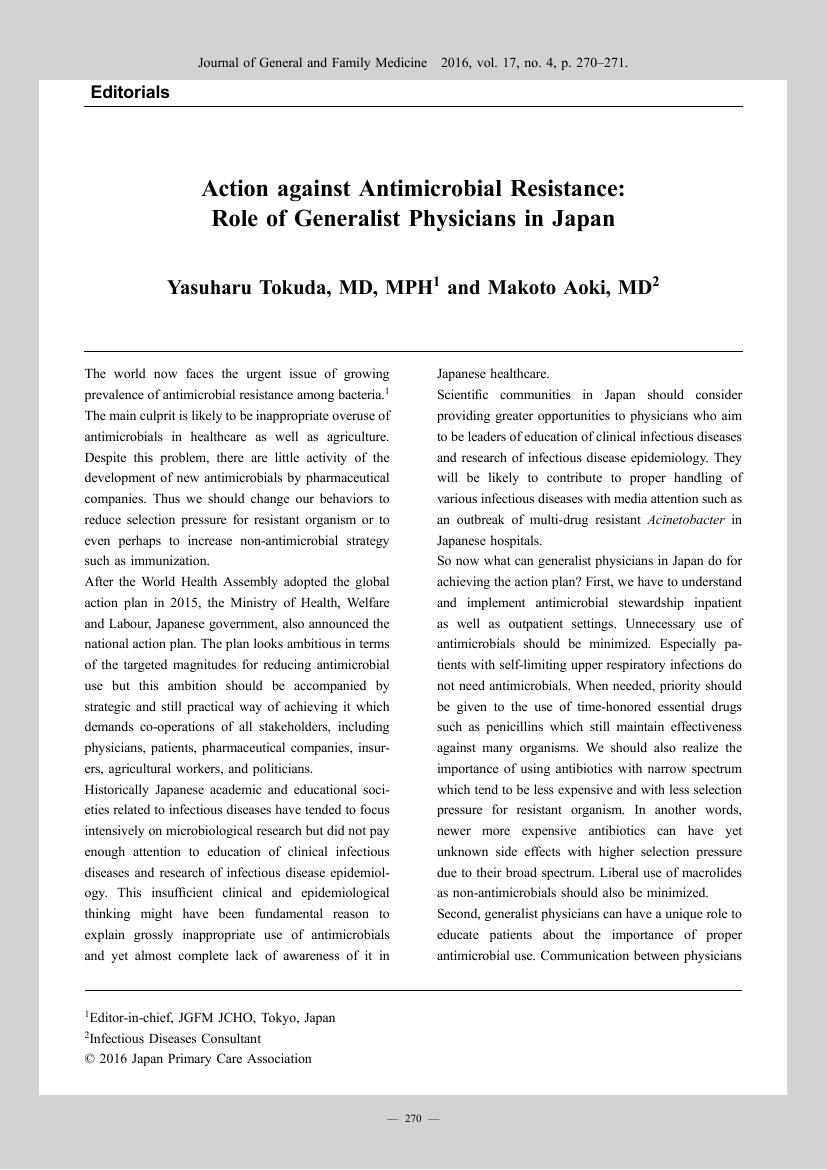- 著者
- Shoken ISHII Philippe BARON Makoto AOKI Kohei MIZUTANI Motoaki YASUI Satoshi OCHIAI Atsushi SATO Yohei SATOH Takuji KUBOTA Daisuke SAKAIZAWA Riko OKI Kozo OKAMOTO Toshiyuki ISHIBASHI Taichu Y. TANAKA Tsuyoshi T. SEKIYAMA Takashi MAKI Koji YAMASHITA Tomoaki NISHIZAWA Masaki SATOH Toshiki IWASAKI
- 出版者
- (公社)日本気象学会
- 雑誌
- 気象集誌. 第2輯 (ISSN:00261165)
- 巻号頁・発行日
- vol.95, no.5, pp.301-317, 2017 (Released:2017-10-04)
- 参考文献数
- 57
- 被引用文献数
- 15
A working group is studying the feasibility of a future Japanese space-borne coherent Doppler wind lidar (CDWL) for global wind profile observation. This study is composed of two companion papers: an instrumental overview of the space-borne CDWL for global wind profile observation (Part 1), and the wind measurement performance (error and bias) investigated using a full-fledged space-borne CDWL simulator (Part 2). This paper aims to describe the future space-borne CDWL in terms of technical points and observation user requirements. The future mission concept is designed to have two looks for vector wind measurement with vertical resolutions of 0.5 (lower troposphere: 0-3 km), 1 (middle troposphere: 3-8 km), and 2 km (upper troposphere: 8-20 km) and horizontal resolution of < 100 km along a satellite. The altitude and orbit of the satellite are discussed from a scientific viewpoint. The candidate altitude and orbit of the satellite are 220 km and an inclination angle of 96.4° (polar orbit) or 35.1° (low-inclination-angle orbit). The technical requirements of the space-borne CDWL are a single-frequency 2-μm pulse laser with an average laser power of 3.75 W, two effective 40-cm-diameter afocal telescopes, a wide-bandwidth (> 3.4 GHz) detector, a high-speed analog-to-digital converter, and a systematic lidar efficiency of 0.08. The space-borne CDWL looks at two locations at a nadir angle of 35° at two azimuth angles of 45° and 135° (225° and 315°) along the satellite track. The future space-borne CDWL wind profile observation will fill the gap of the current global wind observing systems and contribute to the improvement of the initial conditions for numerical weather prediction (NWP), the prediction of typhoons and heavy rain, and various meteorological studies.
- 著者
- Yasuharu Tokuda Makoto Aoki
- 出版者
- 日本プライマリ・ケア連合学会
- 雑誌
- Journal of General and Family Medicine (ISSN:21896577)
- 巻号頁・発行日
- vol.17, no.4, pp.270-271, 2016-12-18 (Released:2016-12-27)
- 参考文献数
- 1
